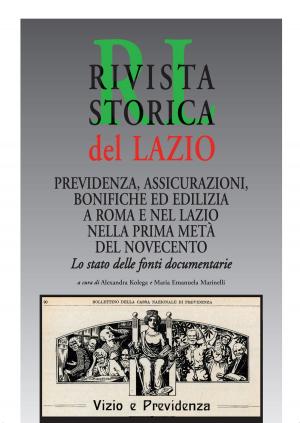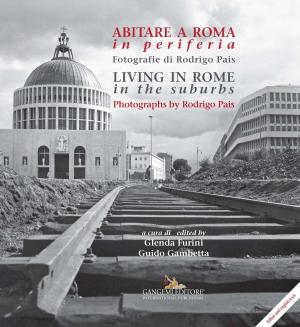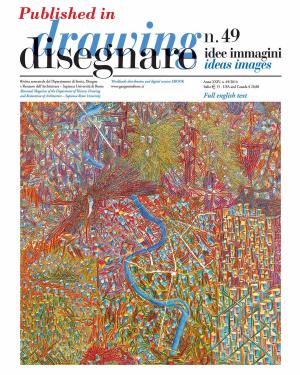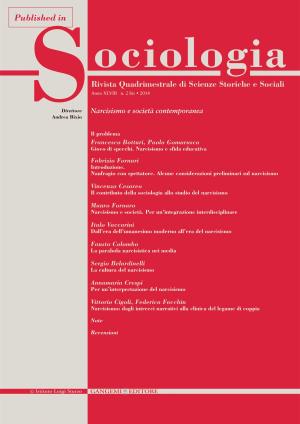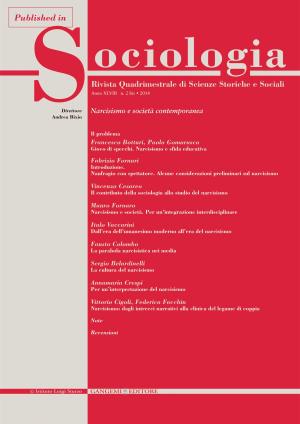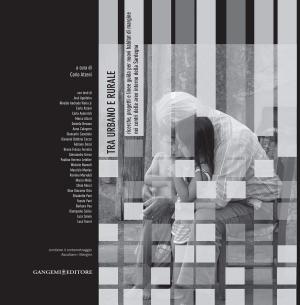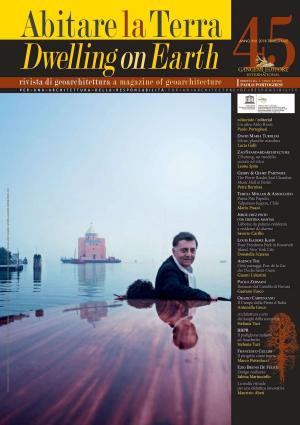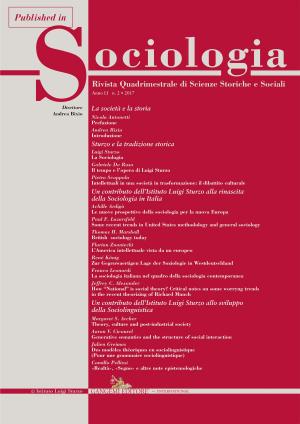Gestione, ricostruzione e comunicazione di sistemi urbani complessi. Il quartiere della Suburra a Roma | Management, reconstruction and communication of complex urban systems. The Suburra district in Rome
Published in Disegnare idee immagini 52/2016. Rivista semestrale del Dipartimento di Storia, Disegno e Restauro dell’Architettura “Sapienza” Università di Roma | Biannual Magazine of the Department of History, Drawing and Restoration of Architecture
Nonfiction, Art & Architecture, Architecture| Author: | Maria Grazia Cianci | ISBN: | 9788849297775 |
| Publisher: | Gangemi Editore | Publication: | March 8, 2017 |
| Imprint: | Gangemi Editore | Language: | Italian |
| Author: | Maria Grazia Cianci |
| ISBN: | 9788849297775 |
| Publisher: | Gangemi Editore |
| Publication: | March 8, 2017 |
| Imprint: | Gangemi Editore |
| Language: | Italian |
La ricerca prende in esame una porzione del centro storico: uno stralcio del Rione Monti, noto storicamente con il toponimo “Suburra”, ponendo particolare attenzione a quella parte del rione inclusa fra via Panisperna, via Cavour e via dei Fori Imperiali, che ha mantenuto maggiormente le caratteristiche del tessuto storico originario. Il testo descrive i risultati, le sperimentazioni e le ricerche svolte sulla Suburra, area di particolare importanza nella formazione della città di Roma, che per molto tempo è rimasta nell’ombra: sono pochi e non esaustivi gli studi che abbiano cercato di ricostruire la sua vera identità urbana pur essendo un’area centrale e adiacente ai Fori Imperiali. | The study examines part of the old city centre: the area of the Monti district historically known as ‘Suburra’. Special attention is dedicated to the remaining part of the district between Via Panisperna, Via Cavour and Via dei Fori Imperiali because this area has retained most of the characteristics of its original urban fabric. This article illustrates the results of the experiments and studies performed in an urban area that played a particularly important role in the development of the city of Rome. For many years it remained in the shadows: although it is a central area adjacent to the Imperial Fora, very few, comprehensive studies have tried to retrace its real urban identity.
La ricerca prende in esame una porzione del centro storico: uno stralcio del Rione Monti, noto storicamente con il toponimo “Suburra”, ponendo particolare attenzione a quella parte del rione inclusa fra via Panisperna, via Cavour e via dei Fori Imperiali, che ha mantenuto maggiormente le caratteristiche del tessuto storico originario. Il testo descrive i risultati, le sperimentazioni e le ricerche svolte sulla Suburra, area di particolare importanza nella formazione della città di Roma, che per molto tempo è rimasta nell’ombra: sono pochi e non esaustivi gli studi che abbiano cercato di ricostruire la sua vera identità urbana pur essendo un’area centrale e adiacente ai Fori Imperiali. | The study examines part of the old city centre: the area of the Monti district historically known as ‘Suburra’. Special attention is dedicated to the remaining part of the district between Via Panisperna, Via Cavour and Via dei Fori Imperiali because this area has retained most of the characteristics of its original urban fabric. This article illustrates the results of the experiments and studies performed in an urban area that played a particularly important role in the development of the city of Rome. For many years it remained in the shadows: although it is a central area adjacent to the Imperial Fora, very few, comprehensive studies have tried to retrace its real urban identity.

